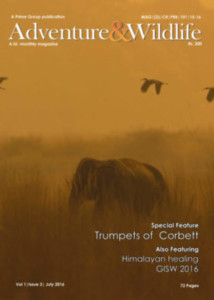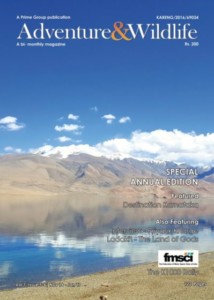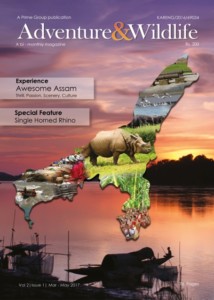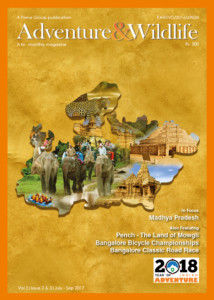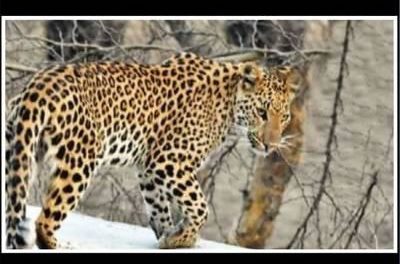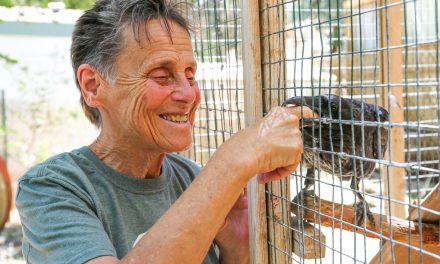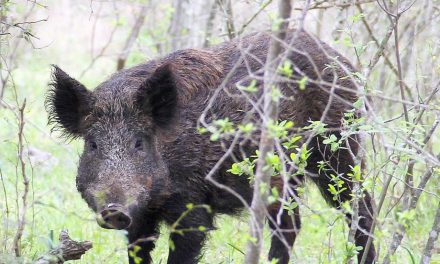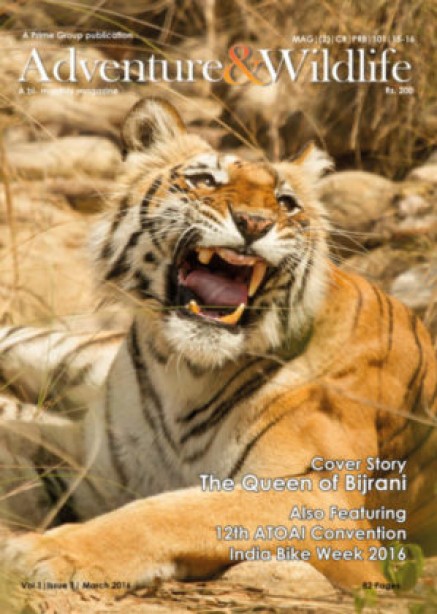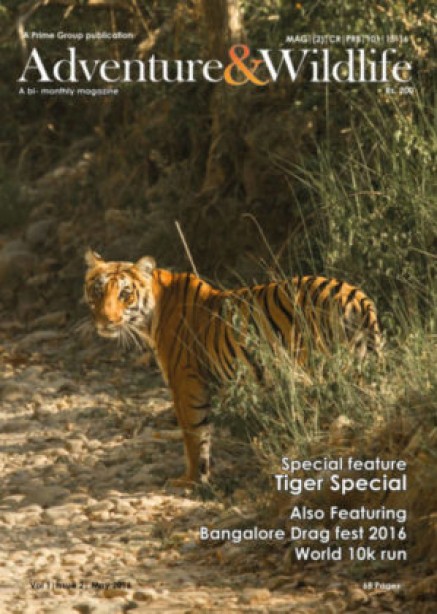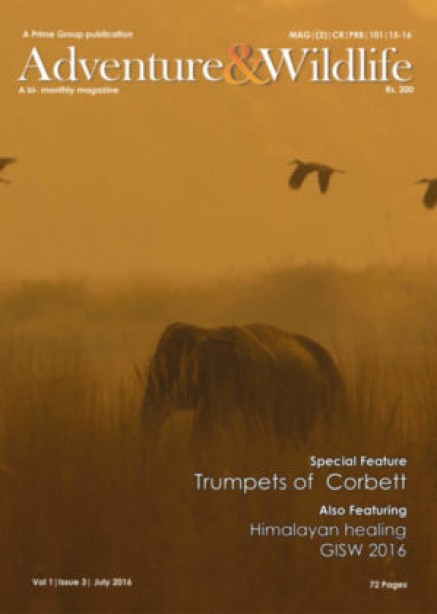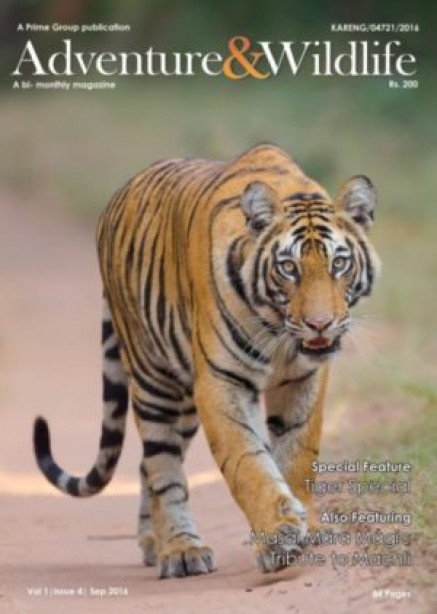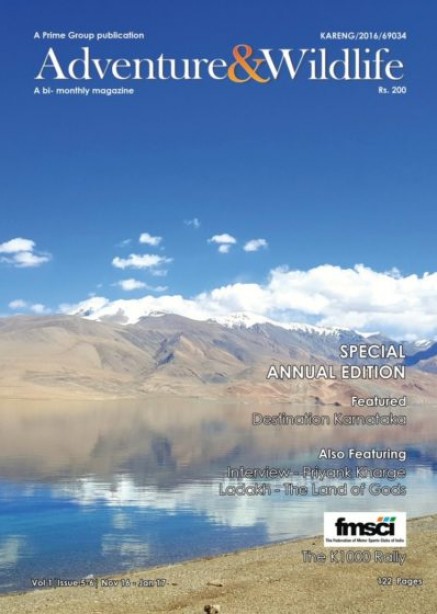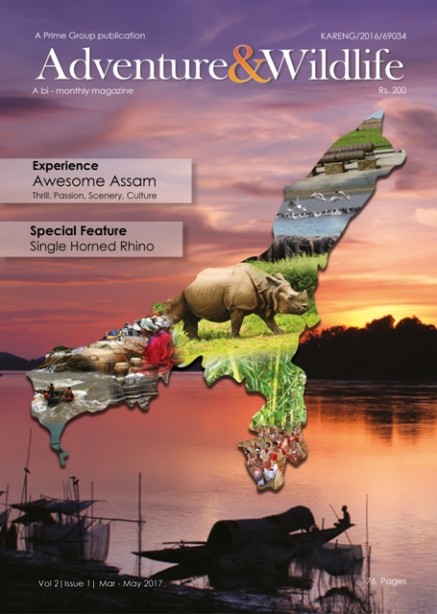
Save our tigers, Cambodia tells India

The Mondulkiri province in the eastern plains landscape of Cambodia is home to a vast forest expanse of 4,249 sq km, which was the last place tigers were seen in the country.
With an eye on reviving their extinct tiger population, a high-level delegation of the Cambodian government made a two-day visit to Panna Tiger Reserve, Madhya Pradesh, in October end to study its successful tiger reintroduction programme.
Cambodia’s population of Indochinese tigers has become functionally extinct, with no breeding population left, the World Wildlife Fund (WWF) had declared in April 2016. The south-east Asian country is currently looking to rope in India as partner to seek technical cooperation in their still nascent project to revive tigers, hence this visit assumes significance.
Following the visit, the Cambodian government may soon write to the Ministry of Environment, Forest and Climate Change, seeking technical co-operation.
The high-level delegation of 18 comprised among others, Svay Sam Eang, Governor of Mondulkiri province, ministers of tourism and environment, and top forest department officials. The visit came close on the heels of an Indian delegation’s visit to Mondulkiri forests in September. The Mondulkiri province in the eastern plains landscape of Cambodia is home to a vast forest expanse of 4,249 sq km, which was the last place tigers were seen in the country.
According to officials from PTR, the Cambodian delegation was taken around various ranges of the Panna forest and were introduced to functioning of ground staff and monitoring of radio-collared tigers. There are 11 radio collared tigers in Panna and the PTR staff tries to track most of them on a daily basis using radiotelemetry equipment.
“They wanted to see first-hand the landscape of Panna and specifically how our staff works round the clock to monitor tigers inside PTR. I believe they took away a lot from their visit on the professionalism of forest staff since their conservation is largely drive by non-profit organisations,” said SP Yadav, assistant secretary general, Global Tiger Forum, an intergovernmental international organisation.
After a near wipeout of Panna’s tigers in 2009, a first-of-its kind tiger reintroduction programme was started. This involved translocation of female tigers from Kanha and Bandhavgarh to Panna. Today, there are 26 adult tigers in PTR.
The delegation was also informed about the camera-trap monitoring methods that help in maintaining a photographic database of individual tigers inside PTR. “We have nearly 200 camera traps across the 542 sq km of the reserve. Along with the reintroduction programme, informing them about how we are sustaining the population was of equal interest to them,” said Vivek Jain, field director, PTR.
Independent experts said the Cambodian delegation’s visit was a step in the right direction, irrespective of whether the south-east Asian country requires India to share a tiger for repopulating their forests. “Since Panna and Mondulkiri share a similar latitude, it was a positive step to assess our landscape. They need to first focus on setting their house in order in terms of establishing proper prey-base, which is low right now,” said K Ramesh, scientist, Wildlife Institute of India.
A 2013 WWF study on tiger reintroduction in Cambodia stated that though Malayan and Amur tigers are closest genetic relatives of Indochinese tigers, their habitat and prey base do not match. Moreover, the Bengal tiger shares similar habitat and prey assemblage to Cambodia’s tigers, which made India and Nepal ideal to source tigers from.
Tracking big cats
- The Cambodian delegation was taken around the Panna forest and introduced to monitoring of radio-collared tigers.
- There are 11 radio-collared tigers in Panna and the staff tries to track most of them using radiotelemetry equipment.
Source: http://www.dnaindia.com/india/report-save-our-tigers-cambodia-tells-india-2558176


